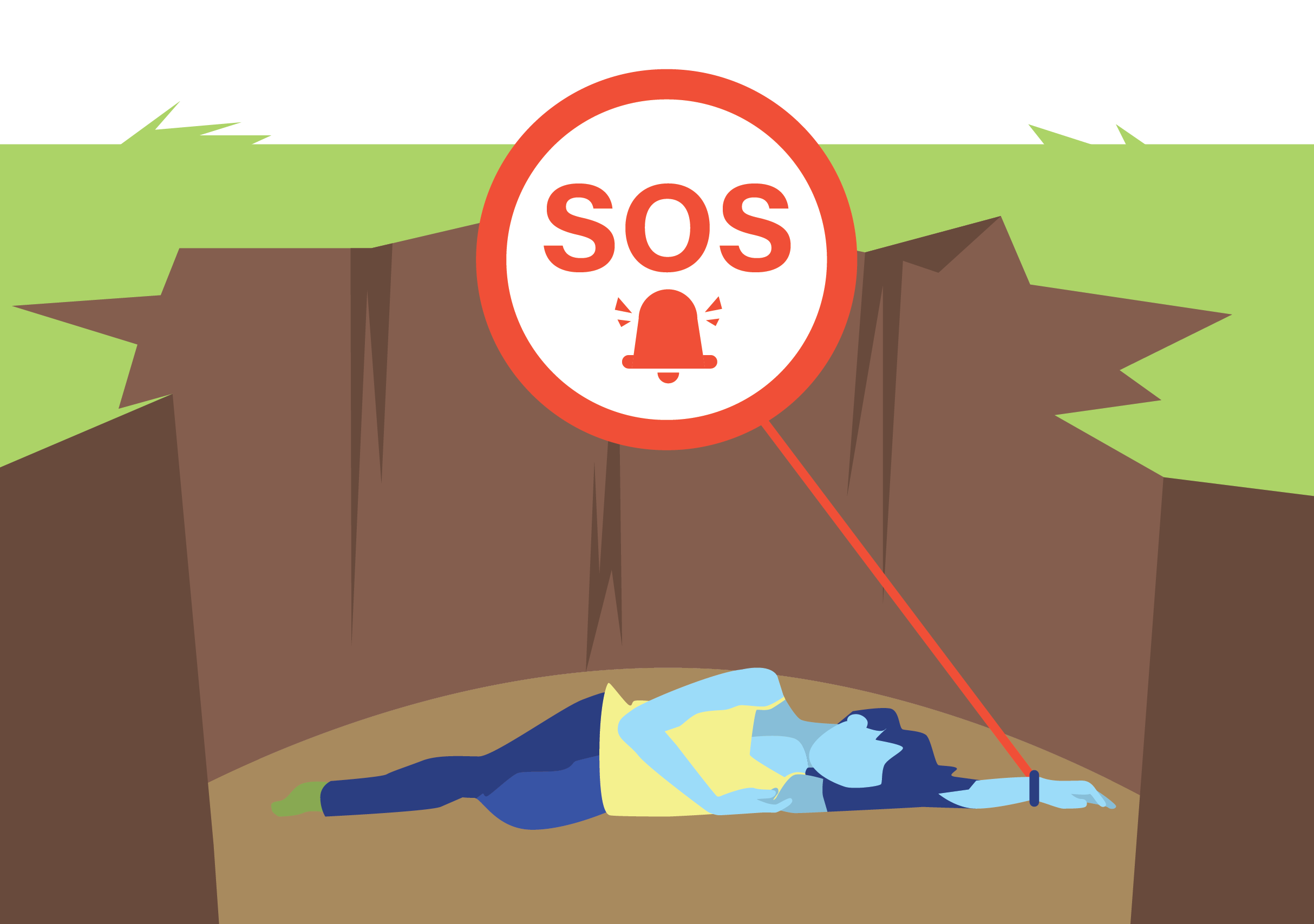Forever Wearables
Wearable technology has been growing rapidly in the last decade and the number of wearable devices is projected to be 1.1 billion in 2022.
The consumer interest in wearables was kicked of by the introduction of the Fitbit.
Wearables are usually hands-free, always-on, environment-aware, connected, and provide information in a convenient way. Some combination of these attributes make them useful in sports/fitness/wellness, fashion, security/safety, medical and lifestyle computing. Technological advances are quickly incorporated to give a competitive advantage.
Ideally, wearables should “just work” without requiring explicit maintenance. Sure, clothes may need to be washed, but you don’t have to charge them up every night or week!
It helps if the wearable tech sips power so slowly that a battery will last for months or years, but needing to replace a battery at all can be quite a hurdle when the time comes. Pending battery replacement is a common reason for wearable to end up in the back of the drawer.
This is why one of the top applications for “energy harvesting” is in wearables. Top harvest-able energy sources are body heat, solar energy, and movement energy. Users of wearable tech are warm blooded and sometimes move vigorously. They frequently get daily light. Some combination of these 3 energy sources could provide enough power for many wearable applications… if there is a good way to store that energy.
Sometimes rechargeable batteries are not a good choice because they may wear out too quickly or may not provide the rapid pulses of power needed for communication. One of the advantages of a wearable - the ability to connect to other devices. This demands short bursts of power. Radio frequency transmissions are inherently power hungry.
Now, if the data transfer requirements are low enough, a supercapacitor might handle the job alone. However, a possibly needed battery may still not be able to power a radio transmitter efficiently. Even Bluetooth “low power” still takes a remarkable amount of power. Supercapacitors are well matched with batteries to provide for power surges and can extend the life and charge of batteries.
Unfortunately, typical supercapacitors are quite large relative to other components. This physical bulk is often at odds with the requirement that a wearable be discreet.
This is where a long, skinny, flexible supercapacitor like our 3 Farad cable-based capacitor (CBC) can play an essential role. CBCs are mechanically flexible. This allows them to be placed in a design in such a way that rigid supercapacitors are not able to.
Enough theory. Let’s look at some examples…
It is possible to charge a CBC from a combination of Peltier Junction, body motion, and light. In some cases, a simple chip such as a LTC3108 might suffice to manage a device’s energy. Other applications may need something more sophisticated such as an e-peas PMIC such as the AEM10941, AEM20940 or AEM30940 may be needed. This Power Management Integrated Circuits (PMIC) provide a lot of engineering to squeeze every joule out of a power source and make it available in a way that micro-controllers and radio transceivers can use.
For example, a wearable digital thermometer could read body temperature and display it in large numbers on an e-ink display. The most popular example of an e-ink display is the Kindle paper white. They have the unusual property that they draw no current after the display has been changed.
As another example, you could use mechanical energy to display your workout stats on your e-ink t-shirt for all to see. Or, if you are being more whimsical, you can change the message to whatever you fancy. This can all be done with the energy that is harvested from your movement, or the solar cell on your back.
As a final example, a personal avalanche or injury SOS signal can be sent the moment you are in trouble. The heat difference between your skin and the cold air provides enough power to charge a CBC. When a tumble is detected, an SOS signal can be sent in a fraction of a second. And you’d never have to worry if you remembered to charge the battery. Also, the 120mm long CBC is flexible enough to be unobtrusive when worn and rugged enough to survive a tumble. That way you can focus on staying alive until rescue arrives. A similar device can also be used for fall detection in the elderly or anyone caught on a life threatening car accident.
As you can see, some wearable tech just would not be practical without a CBC. What can you design with one to keep you ahead of the competition? How can we help?




